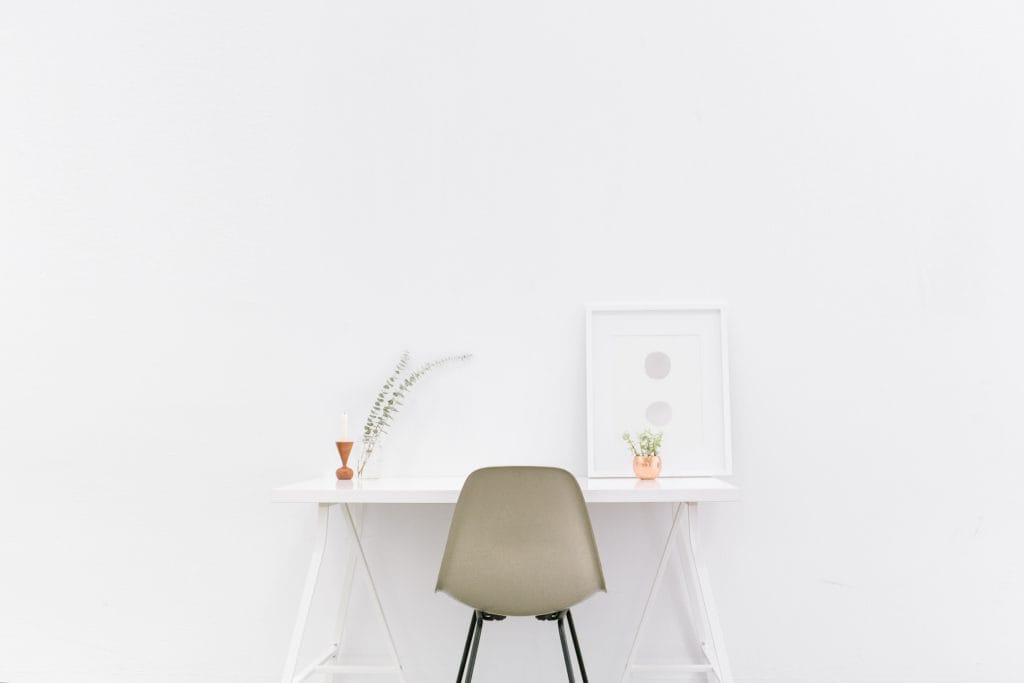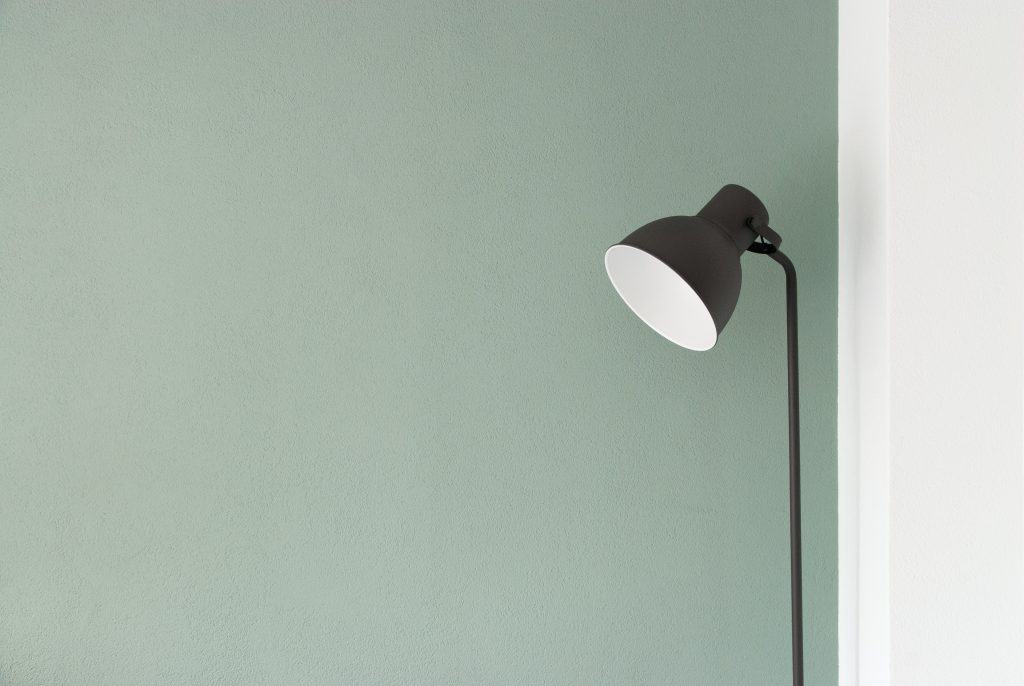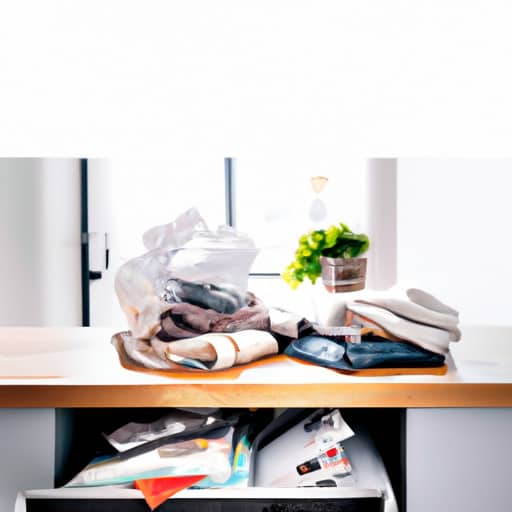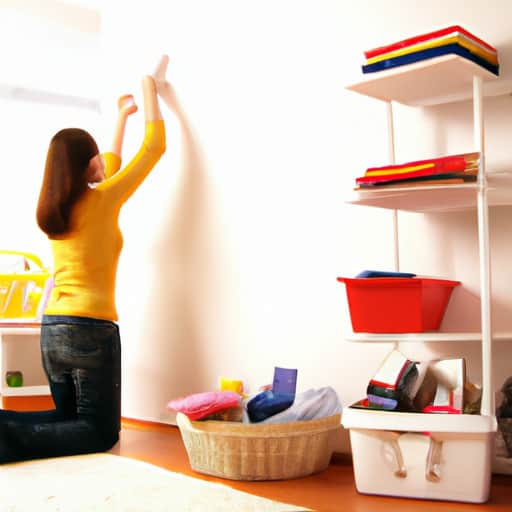If you’re feeling overwhelmed by the clutter in your home and are ready for a fresh start, look no further. This guide will provide you with practical tips and tricks to declutter your living space effectively. From utilizing skip bins to hiring skip bin services, we’ll explore the most efficient methods to clear out unwanted items and create a more organized and peaceful home environment. Say goodbye to the chaos and hello to a clutter-free future!

1. Assessing the Clutter
Decluttering your home can be an overwhelming task, but breaking it down into manageable steps will make the process much easier. The first step is to assess the clutter in your home and identify the problem areas. Take a walk through each room and make a note of areas that feel particularly cluttered. This could be a messy countertop, overflowing closets, or a cluttered garage. Once you have identified the problem areas, it’s time to determine your decluttering goals. Ask yourself what you want to achieve with your decluttering project. Do you want to create a more peaceful living space, increase functionality, or simply get rid of the excess stuff? Setting a timeline for your decluttering project is also important. You don’t want it to drag on indefinitely, so set a realistic deadline for completing each step of the process.
2. Creating a Decluttering Plan
To tackle your decluttering project effectively, it’s important to create a plan. Start by dividing your home into zones. This could be as simple as breaking it down room by room or even going as detailed as individual closets or drawers. Prioritize the areas based on the level of clutter and the impact it has on your daily life. For example, if your kitchen counter is cluttered and causing you stress every day, make that a top priority. Once you have identified the zones and prioritized them, make a checklist for each zone. This will help keep you organized and ensure that you don’t overlook anything during the decluttering process.

3. Gathering the Necessary Tools
Before diving into the decluttering process, gather all the necessary tools and supplies. Sorting containers are essential for organizing items during the decluttering process. This can include bins, baskets, or even just cardboard boxes. Cleaning supplies such as gloves, cleaning sprays, and microfiber cloths will come in handy as you clean and organize your belongings. Additionally, consider investing in storage solutions such as drawers, shelves, or cubbies to keep your newly organized items in place.
4. Sorting and Organizing
Now that you have your plan and tools ready, it’s time to start sorting and organizing. Begin with a small area to build momentum and avoid feeling overwhelmed. Starting with a cluttered countertop or a drawer is a good idea. As you sort through your belongings, categorize items into groups such as keep, donate, or discard. Be honest with yourself and let go of things that no longer serve a purpose or bring you joy. Once you have decided what to keep, clean and organize those items in a way that makes them easily accessible. Utilize storage solutions and create a designated spot for each item. Once you have tackled smaller areas, move on to larger spaces like closets or the garage.

5. Implementing Storage Systems
To maintain a clutter-free home, it’s important to implement storage systems that work for you. Consider different storage options based on the items you need to store. This could include clear plastic bins for seasonal clothing or decorative baskets for organizing toys. Utilize shelves and wall hooks to maximize vertical storage space and keep items off the floor. Invest in functional furniture that offers storage solutions, such as ottomans with hidden compartments or coffee tables with drawers. As you implement these storage systems, make sure to label containers and organize items in a way that makes retrieval easy.
6. Establishing Routines
Once you have decluttered and organized your home, it’s essential to establish routines to prevent future clutter. Incorporate daily habits like putting things away immediately after use, clearing countertops before bedtime, and doing a quick tidy-up each evening. Establish a weekly maintenance schedule where you spend a designated amount of time decluttering and organizing. This can include tasks like decluttering mail, wiping down surfaces, and organizing any areas that have become cluttered. Additionally, set aside a specific time each month for a more thorough decluttering session. Use this time to reassess areas that may have accumulated clutter and make any necessary adjustments. Finally, schedule a yearly deep clean and evaluation to ensure that your home stays clutter-free and organized.

7. Dealing with Sentimental Items
One of the most challenging aspects of decluttering is dealing with sentimental items. Assess the sentimental value of each item and consider whether it truly brings you joy or simply represents a memory. Creating a designated space for sentimental items can help you preserve their significance without cluttering up your home. This could be a special box or a display shelf where you can showcase these items. If you find it difficult to let go of sentimental items, consider taking photos or creating digital memories. This way, you can still hold onto the memories without having the physical clutter.
8. Managing Paper and Digital Clutter
In today’s digital age, paper clutter has been joined by its digital counterpart. Managing both types of clutter is crucial for maintaining a tidy home. Begin by sorting and categorizing important documents. Create folders or binders for different categories such as financial documents, medical records, or household bills. Establish a filing system that works for you and make sure to file away any new documents in their appropriate place. Digitizing documents can help reduce paper clutter while making it easier to access important information. Utilize scanning apps or a dedicated scanner to create digital copies of important documents. Once you have your digital files in order, organize and declutter them by creating folders and deleting any unnecessary files.

9. Sustainable Decluttering
Decluttering doesn’t have to mean contributing to landfill waste. Adopt sustainable practices to minimize your environmental impact. Reduce and reuse whenever possible. Instead of buying new items, consider borrowing or repurposing things you already own. When it comes to items you no longer need, recycle or donate them to give them a second life. Research local recycling options and donation centers to ensure your items are properly disposed of. To minimize future clutter, be mindful of your purchasing habits and only bring items into your home that you truly need or love.
10. Seeking Professional Help
If you feel overwhelmed or don’t have the time and energy to tackle the decluttering process on your own, don’t hesitate to seek professional help. Consider hiring a professional organizer who can guide you through the process, provide tips and advice, and help you establish effective organizational systems. Another option is to find a reliable skip bin hire service. These services provide large bins that you can fill up with items you no longer need, and they will responsibly dispose of them for you. Alternatively, you can consult with a decluttering expert who can provide personalized advice and support throughout your decluttering journey.
In conclusion, decluttering your home is a transformative process that can create a peaceful and organized living space. By following a comprehensive plan, sorting and organizing your belongings, implementing storage systems, establishing routines, and addressing sentimental items and digital clutter, you can achieve a clutter-free home. Embracing sustainable practices and seeking professional help when needed will further enhance your decluttering journey. So roll up your sleeves, gather your supplies, and get ready to create a space where you can truly thrive.
Contact Wizz Binz for your next skip bin hire.


